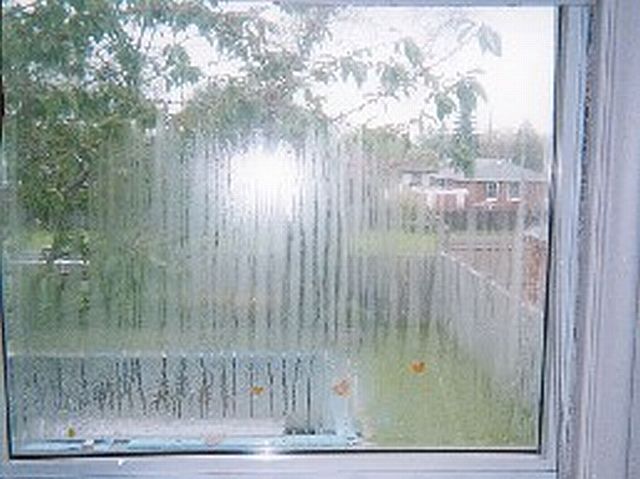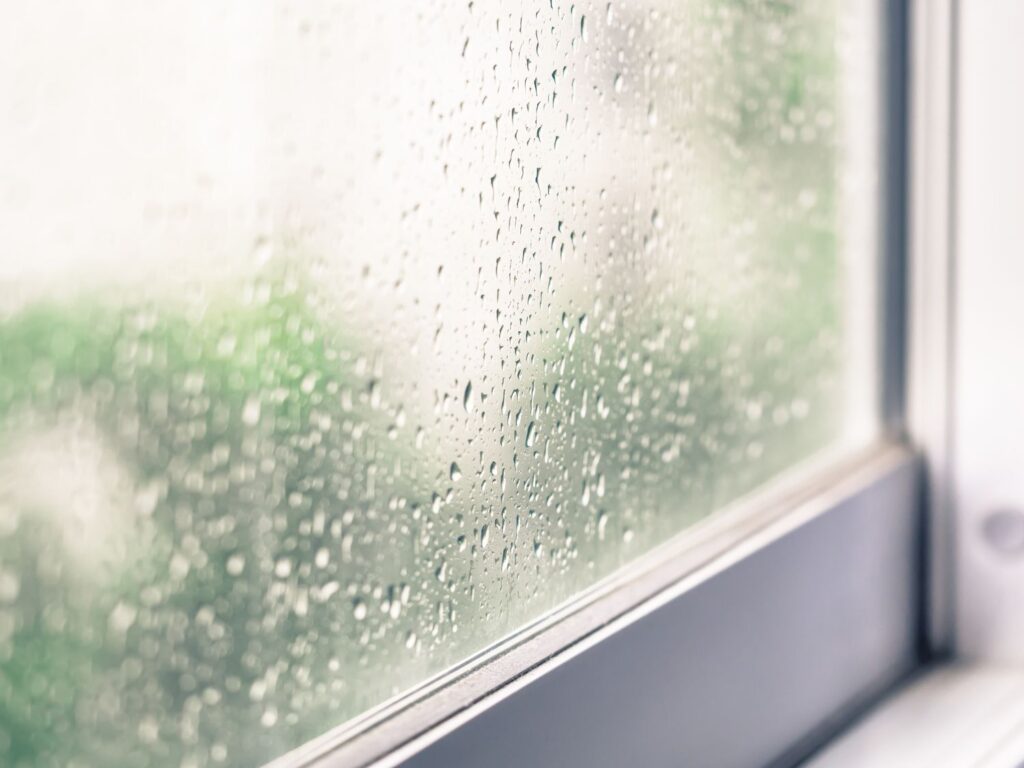The haze in your house might be because of a few things. These include not having enough fresh air, smoking indoors, cooking without good airflow, burning candles or incense, outdoor pollution, dust, and too much moisture.
When there’s not enough fresh air, moisture and tiny particles can build up, making the air hazy. Smoking indoors and burning things like candles add more particles. Cooking without good airflow can also make the air hazy. If you live in a place with a lot of outdoor pollution, it can come inside too.
Dust and pet hair can make it worse. And if it’s too humid, water can gather on surfaces, making things hazy. To fix it, try to get more fresh air, don’t smoke indoors, use fans when cooking, and keep things clean.
What are the main contributors to indoor haze?

Main contributors to indoor haze include:
- Smoking: Tobacco smoke contains numerous harmful chemicals that can linger in indoor spaces, leading to haze.
- Cooking: Cooking activities, especially those involving frying or grilling, release particles and gases into the air, contributing to indoor haze.
- Heating Systems: Certain heating systems, such as those powered by wood or coal, can emit pollutants that accumulate indoors and create haze.
- Cleaning Products: Some cleaning products contain volatile organic compounds (VOCs) that can evaporate into the air, contributing to haze indoors.
- Poor Ventilation: Inadequate ventilation allows pollutants to build up indoors, exacerbating haze levels.
How does indoor haze affect health?
Indoor haze can seriously affect your health in different ways. Breathing in haze particles can make your breathing harder and cause coughing, wheezing, and feeling short of breath. This can be especially tough if you already have asthma or bronchitis.
Haze can also make your eyes feel irritated, making them red, itchy, and watery. Being around indoor haze for a long time can even hurt your heart and increase your chances of having a heart attack or stroke.
Plus, it can weaken your lungs over time, making it harder to breathe and making you more likely to get sick.
Bad indoor air because of haze can even mess with your mood, making you feel tired, grumpy, and find it hard to focus. That’s why it’s super important to deal with indoor haze to keep both your body and mind healthy.
What methods can be used to detect indoor haze?

Identifying the particles or contaminants that contribute to the haze and evaluating the interior air quality are the usual steps in the detection of indoor haze. The following are a few techniques frequently employed to identify indoor haze:
Particle Counters
Particle counters are instruments used to quantify the number of airborne particles. They are able to identify different sized particles, including those that cause indoor haze.
Moreover, these tools offer real-time particle level readings, which might be useful in determining whether indoor haze is present.
Air quality monitors
They quantify the many types of air pollutants that are found inside, such as carbon monoxide (CO), volatile organic compounds (VOCs), and particle matter (PM2.5 and PM10). Increased concentrations of these contaminants are a sign of indoor haze.
Environmental Sensors
Environmental sensors equipped with multiple sensors, such as humidity, temperature, and particle matter, offer detailed information on interior air quality.
These sensors are incorporated into smart home systems to provide continuous monitoring and warnings on indoor haze levels.
Ventilation System Monitoring
Monitoring the functioning of ventilation systems can aid in detecting indoor haze. Inadequate ventilation can result in the buildup of pollutants indoors, causing haze.
Monitoring airflow rates and filtering efficiency can aid in maintaining adequate ventilation and indoor air quality.
Chemical Sensors
Chemical sensors detect some particular contaminants that cause indoor haze, such as VOCs.
These sensors can detect the presence of volatile organic compounds generated by sources such as cleaning agents, paint, and furniture.
Human Health and Comfort Assessment
Indirect indications of indoor haze include health problems reported by occupiers, such as respiratory discomfort, ocular irritation, or increased allergies.
Keeping an eye on the well-being of residents can help detect issues with indoor air quality, such as haze.
FAQ’s
What can make your house foggy?
Your house can become foggy due to high humidity levels or condensation forming on surfaces.
How can I reduce humidity in my room without AC?
You can reduce humidity by using a dehumidifier, improving ventilation, or using moisture-absorbing materials like silica gel.
How can I increase moisture in my room?
To increase moisture, you can use a humidifier, keep houseplants, or place bowls of water around your room.
How do I reduce the humidity in my room?
You can reduce humidity by using a dehumidifier, opening windows for ventilation, or fixing any leaks or sources of moisture.
How do I get rid of fog in my house windows?
You can get rid of fog on windows by using a cloth to wipe them dry, using a squeegee, or improving ventilation to reduce moisture buildup.
Final Words
Indoor pollution makes us uneasy and unwell. We need to identify the reasons, which include contaminated air and insufficient intake of fresh air. By keeping our houses clean, utilizing air purifiers, and opening windows, we can fix it. This will support our continued happiness and health within our homes.
